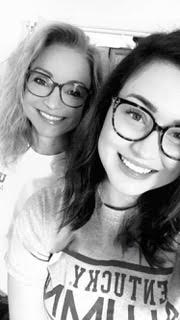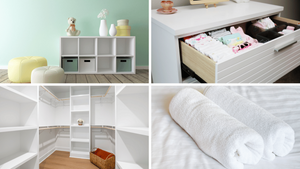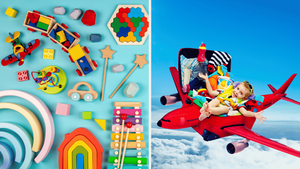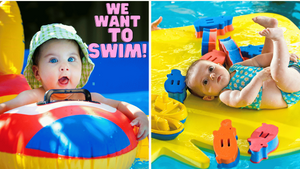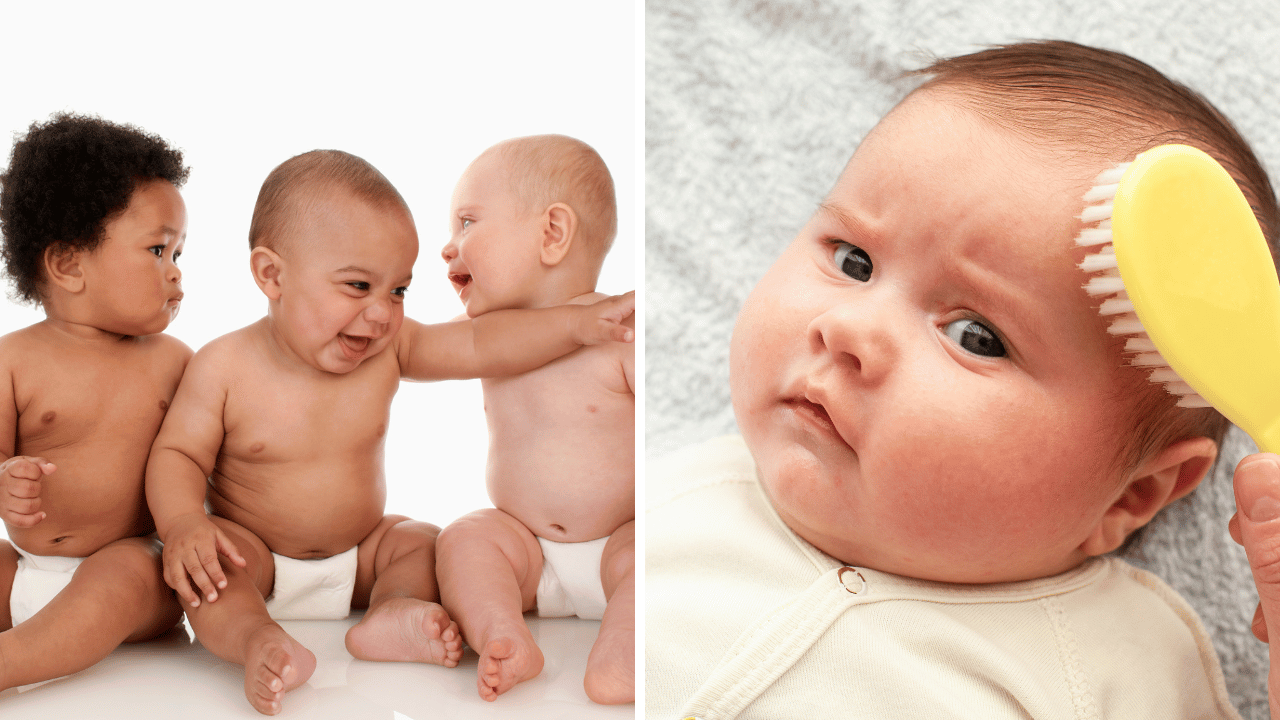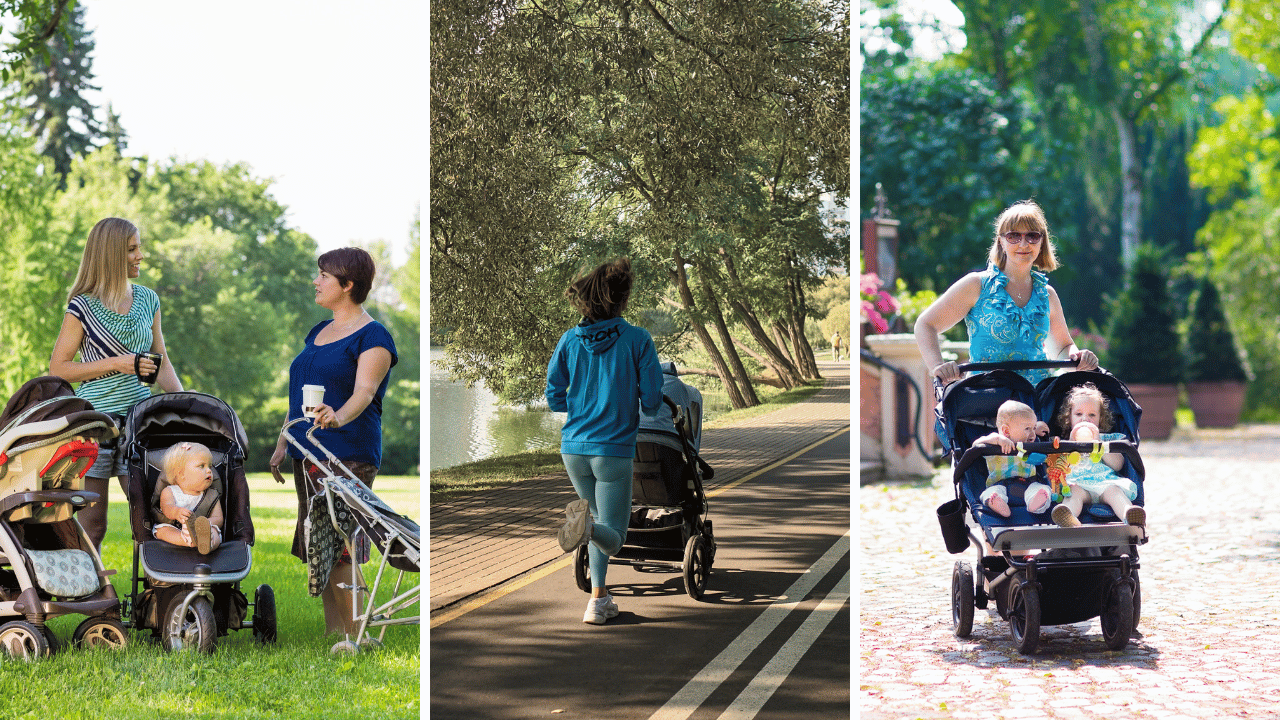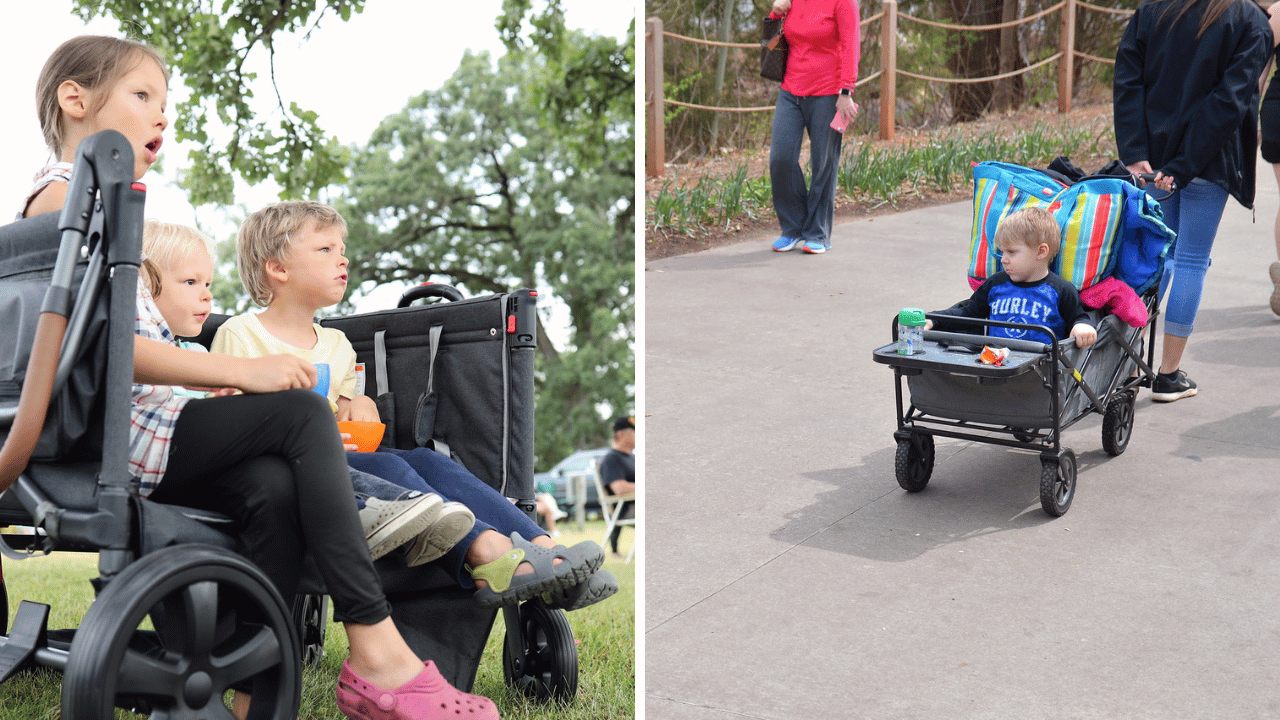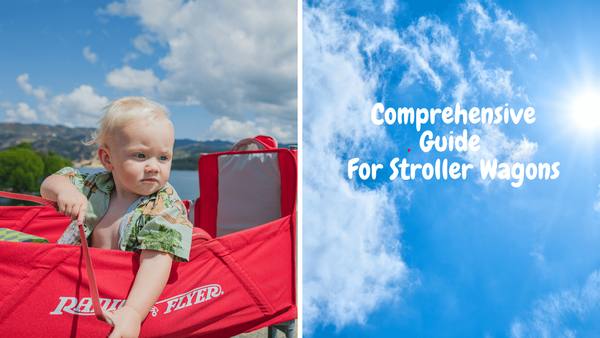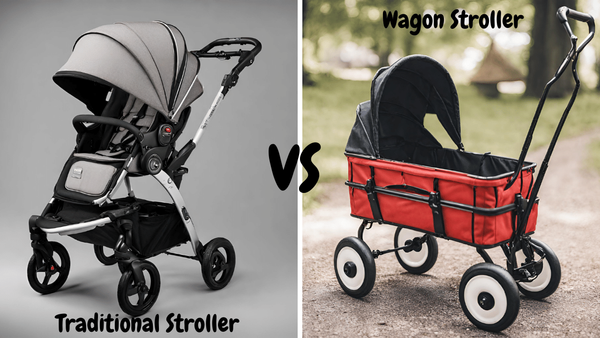Worried about germs on your baby's pacifier? Discover why your dishwasher might be the solution you've been looking for!
For many parents, pacifiers are a saving grace—providing comfort and relief for fussy babies while helping them to sleep. But as important as it is to keep these items clean for baby’s health, cleaning multiple pacifiers daily can be an overwhelming task.
Luckily, there is a convenient option – the dishwasher! So how safe is it really? Can you put pacifiers in the dishwasher without compromising their safety or life span? We’re here today to discuss this question and provide all you need to know about cleaning your little one’s beloved binkies safely and effectively.
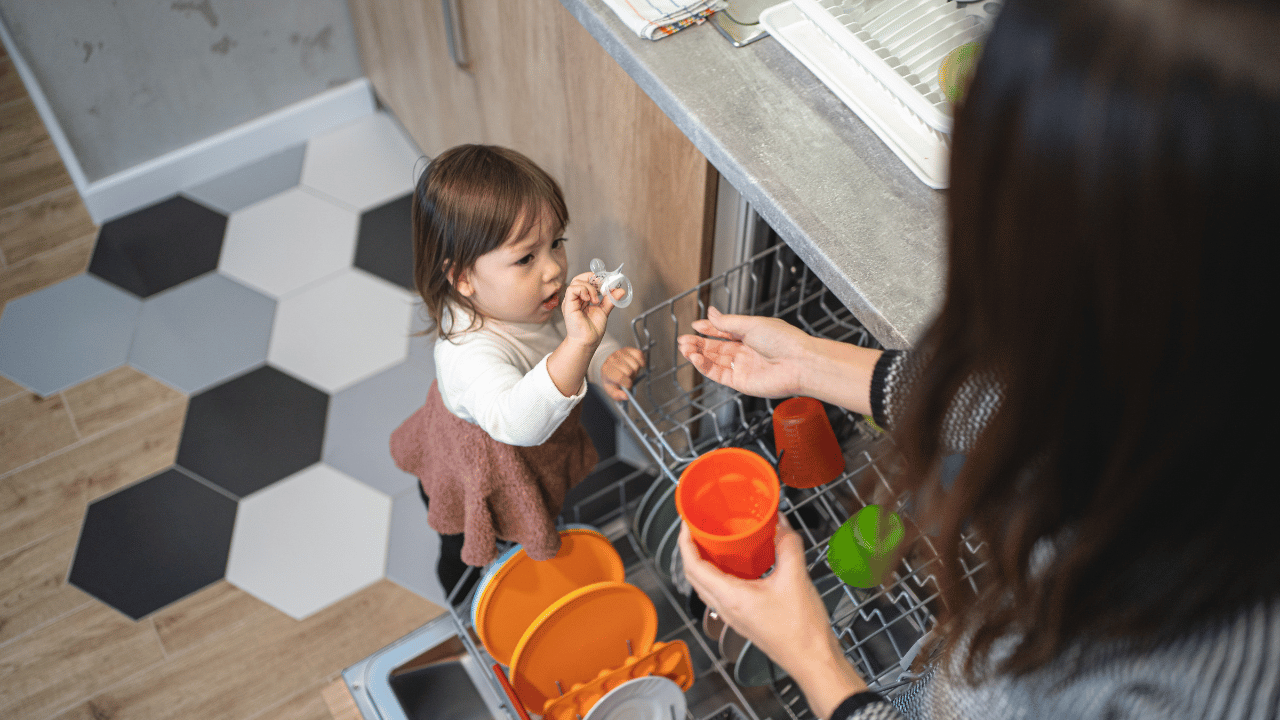
Can pacifiers go in the dishwasher?
Here are the facts: Yes, you can safely put pacifiers in the dishwasher. They should be placed on the top rack and not directly under any of the spinning arms. This will help to ensure that they are adequately sanitized and don’t get damaged by hot water or intense pressure from a washing cycle.
It is also important to note that different types of pacifiers have different materials and construction, so you should always consult the manufacturer’s instructions before putting any kind of pacifier in the dishwasher.
Some pacifiers are too delicate to withstand a dishwasher cycle or may be made of materials that could break down over time if continually exposed to high temperatures and pressure. Also, be sure to remove any silicone or rubber covers before washing.
The dishwasher is the perfect way to get your little one's binkies squeaky clean! But it is important to follow the manufacturer's instructions and keep an eye out for any damage when removing the pacifiers from the dishwasher.
With these precautions in place, you can feel confident that your baby’s pacifiers are safe and sanitized, without having to worry about the hassle of hand washing them multiple times each day.
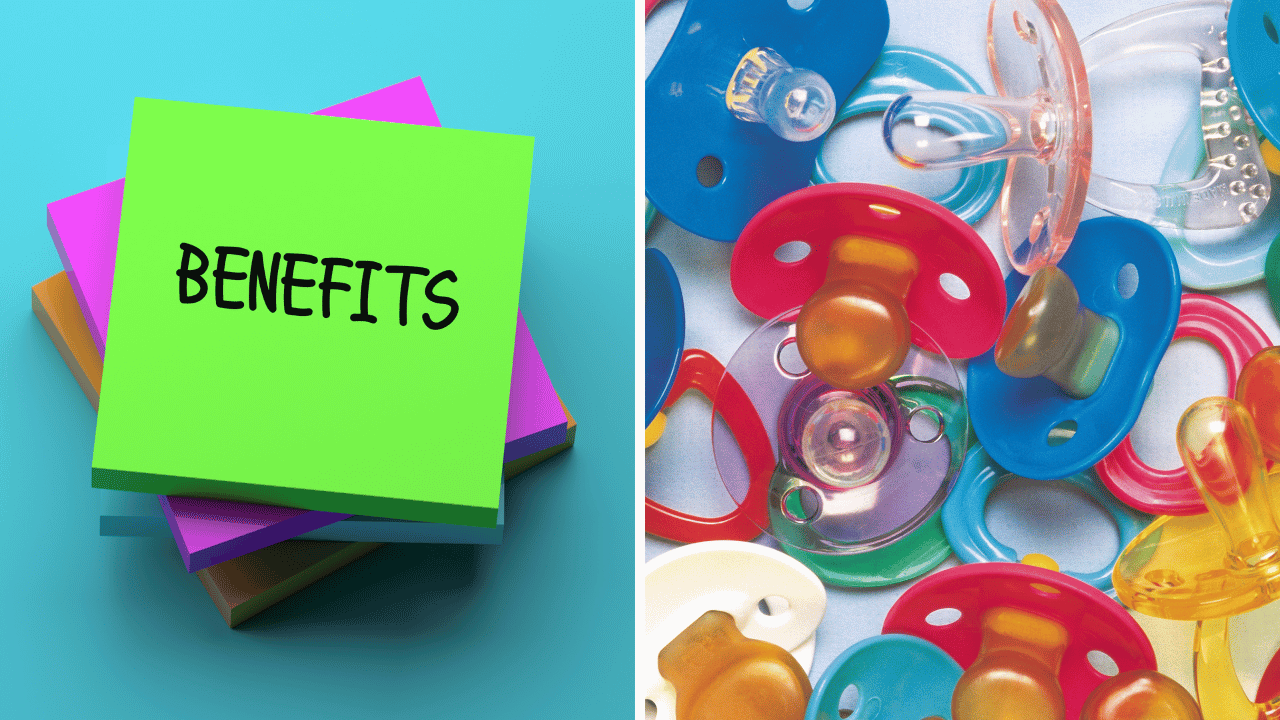
Introducing the Benefits of Pacifier Use
Pacifiers are a great tool for calming fussy babies and helping them to sleep. They can also help reduce the risk of sudden infant death syndrome (SIDS), as long as they are used safely.
Additionally, pacifier use has been linked to improved dental health – by promoting non-nutritive sucking during infancy, pacifiers may be able to reduce the severity of dental problems such as overbite and open bite.
The American Academy of Pediatrics (AAP) recommends that pacifiers be used only after breastfeeding is well established, generally at around 3 to 4 weeks old.
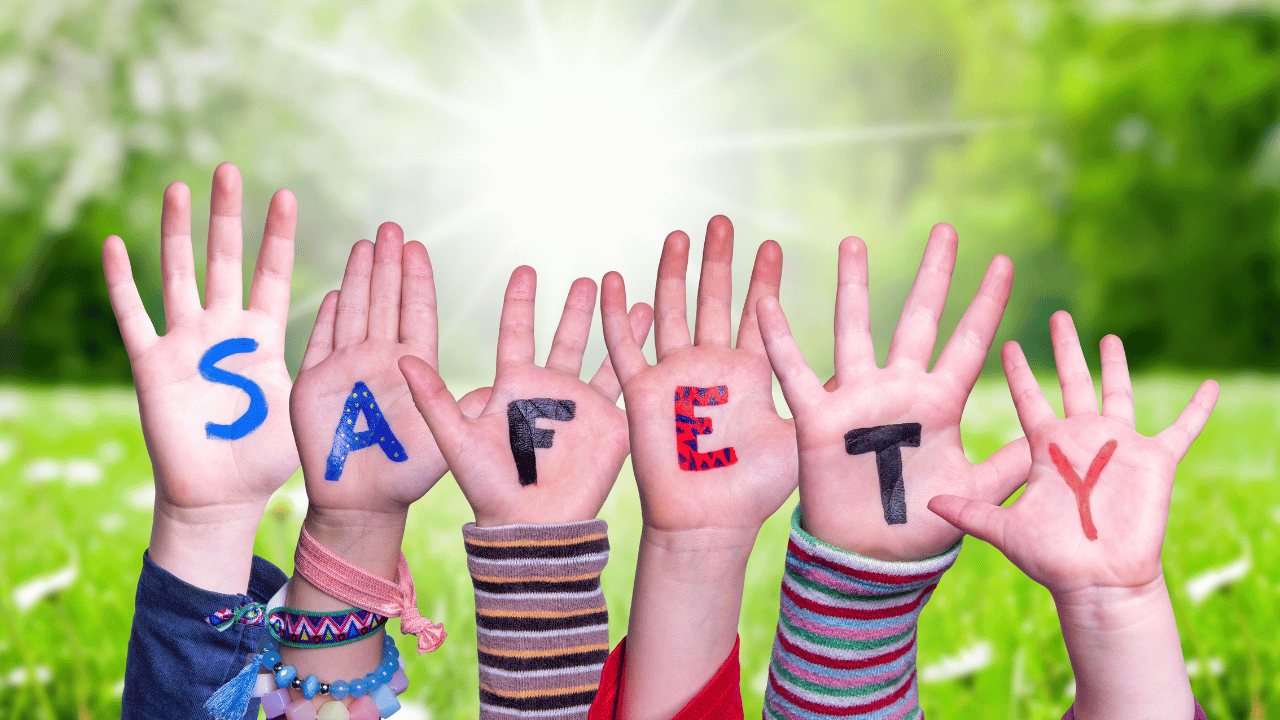
Discussing Safety Concerns Around Cleaning Pacifiers
As convenient as a dishwasher might be, it should only be used to clean pacifiers if you are certain that the manufacturer's instructions allow for this. If there is any doubt about whether a particular pacifier can withstand the high temperatures and pressure of a dishwasher cycle, then hand-washing is always a safe option. Additionally, it’s important to check the pacifiers after each cleaning cycle to ensure that they haven’t been damaged or worn down by the process.
Exploring Dishwasher-Safe Pacifiers Available on the Market
Fortunately, there are many dishwasher-safe pacifiers available on the market today. Generally, these products are made of durable materials such as silicone and nylon that can withstand regular washing without breaking down or becoming damaged.
Before purchasing a pacifier for your little one, always read the product description carefully to ensure it is safe for use in the dishwasher. Also, check the manufacturer’s website or contact them directly if you have any questions about cleaning their products.
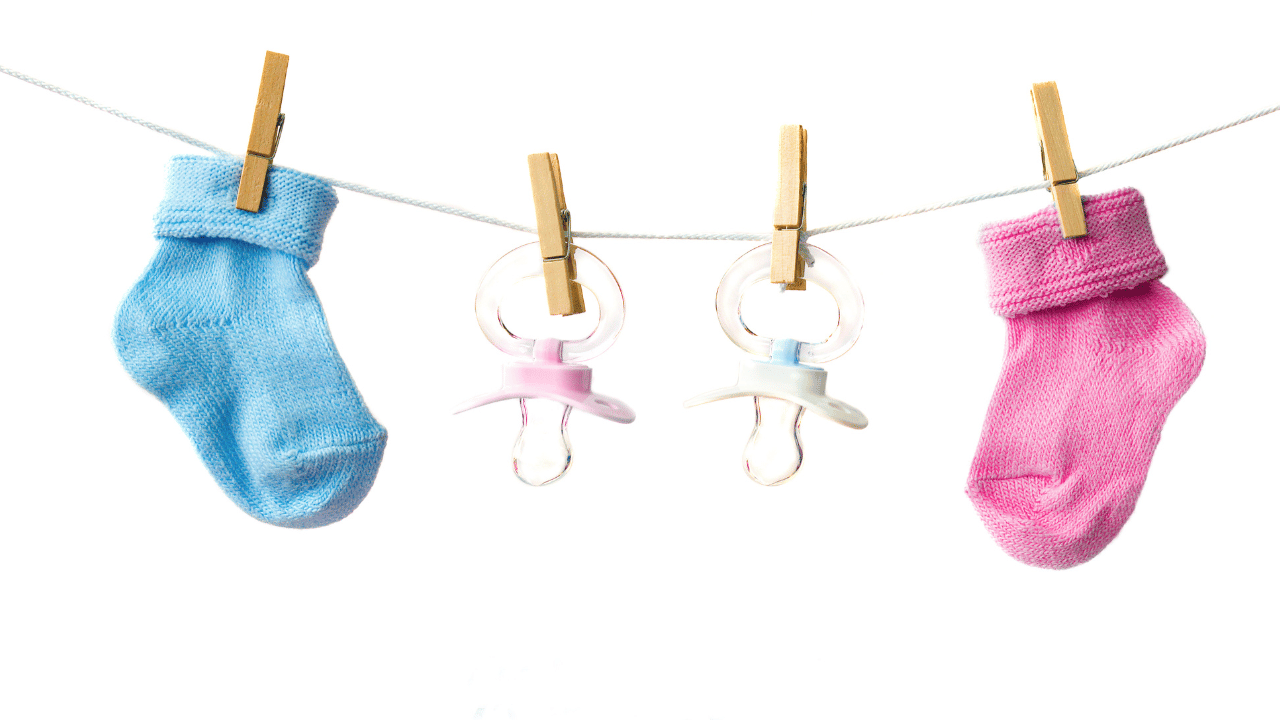
How to Properly Clean & Sanitize a Pacifier in the Dishwasher
To ensure your pacifier is as safe and clean as possible, here are some important steps to follow when washing it in the dishwasher:
1. Start by running a hot tap water cycle first, to pre-rinse any food particles or debris on the pacifiers before loading them into the dishwasher.
2. Place the pacifiers in the top rack of the dishwasher, making sure that they are not directly under any of the spinning arms.
3. Select a hot water cycle and add a rinse agent to help sanitize them.
4. Once the cycle finishes, immediately take out the pacifiers and let them air
dry on a clean dish towel or paper towel before giving them back to your baby.
Addressing Other Ways to Clean a Pacifier Apart from the Dishwasher
You may also want to consider other ways of cleaning your little one’s pacifier such as boiling them for five minutes or using a pacifier sterilizer. Boiling is an effective way to sanitize pacifiers, however it can damage some materials over time, so it’s important to check the manufacturer’s instructions before doing this.
Pacifier sterilizers are also a great option, as they use high temperature steam to sanitize the pacifiers in just a few minutes. Also, be sure to regularly inspect your pacifiers for any signs of damage or wear and replace them as needed.
Can pacifiers be put in the dishwasher FAQs
Is it okay to put pacifiers in the dishwasher?
The short answer is yes – you can definitely place pacifiers in the dishwasher for a convenient and thorough clean! However, there are certain steps that should be taken to ensure that your baby's binkies remain safe and last as long as possible. To begin with, examine both parts of the pacifier to make sure the nipple and shield are intact with no cracks or tears. If there is any damage, it’s best to replace the pacifier altogether. Additionally, you should avoid using direct heat when cleaning pacifiers as it may cause warping.
Can pacifiers go in the top or bottom rack of the dishwasher?
When it comes to where to place your pacifier, the answer varies depending on what type you have. If yours is a one-piece design with no removable pieces, then it’s best to put it in the top rack of the dishwasher. This will prevent any warping due to the intense heat found on the bottom rack. If your pacifier has a removable shield, then you can place it in either rack – just make sure that all pieces are securely fastened together before putting them in the dishwasher.
Can I put my baby's pacifiers and bottle nipples in the same load?
It’s generally not recommended to put your baby’s pacifiers and bottle nipples in the same load. While both items need to be thoroughly cleaned, they often require different cleaning methods – for example, bottle nipples should be washed with dish soap and warm water before being placed on the top rack of the dishwasher, whereas pacifiers can simply be placed in either rack without any additional steps. As a result, it’s best to separate pacifiers and nipples into two different loads if possible.
Final Thoughts
Generally speaking, it's best to look to the instructions on pacifier packaging when cleaning a pacifier. When in doubt, stick with warm soapy water and good old-fashioned elbow grease. For extra convenience, safely washing pacifiers in the dishwasher can be done with care.
If you choose to do this method of cleaning, make sure your dishwasher is regularly cleaned, and that you separate the pacifier from dishes and silverware before running the cycle. Finally, remember to store your clean pacifiers in a dry area away from any surface or material that may cause bacterial growth in between uses.
By following these tips and guidelines for keeping your child’s pacifier safe and clean, you can give yourself peace of mind each time your baby has it in their mouth.

